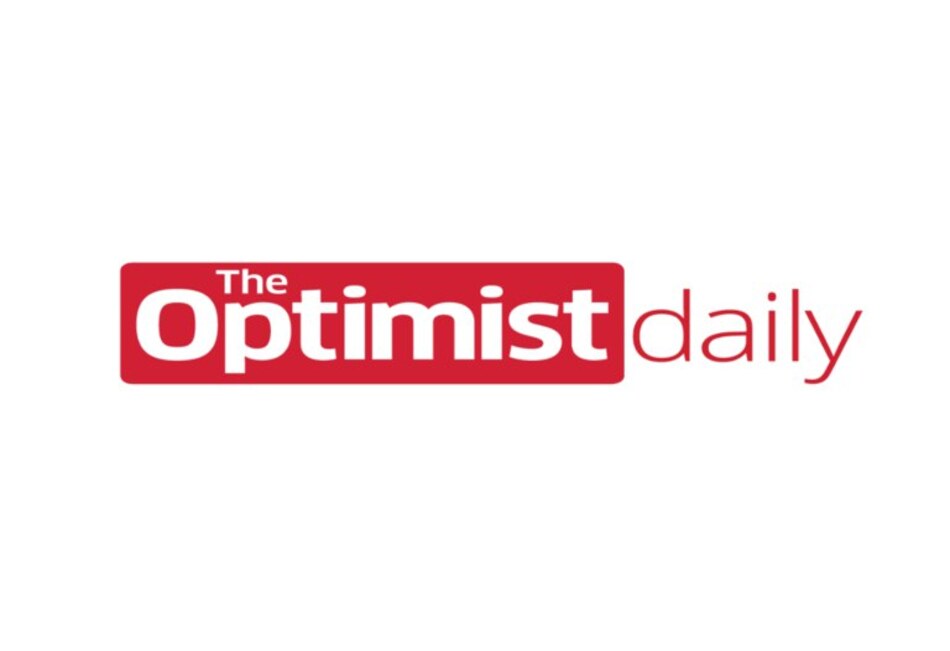For generations, the white picket fence has been a symbol of residential America, but as housing prices rise and cities expand unsustainably, many communities are becoming disillusioned with the classic single-family home. With zoning laws favoring these types of residences, making housing more convenient, accessible, and affordable isn’t an easy task, but cities like Portland, Oregon are leading the movement to create housing that works for a greener and more inclusive future.
More than 70 percent of Portland’s residential areas are zoned for single-family homes, but after petitions and letter writing from the community, the Portland city council approved the “Residential Infill Project” (RIP), a package of amendments to the city’s zoning code that legalizes up to four homes on nearly any residential lot and sharply limits building sizes.
New building projects will also have the option to build six homes on any lot if at least half of the resulting complex is available to low-income households at regulated, below-market prices. In addition to new housing options, builders are not required to create parking spots for new properties to encourage the move away from personal vehicles in favor of more sustainable walking, biking, or public transportation options.
Researchers estimate that the new policies could reduce displacement for vulnerable renters by 28 percent and help make Portland, a disproportionately white city, more inclusive for families of color. Additionally, the project is in line with Oregon’s restriction on urban sprawl, legislation that aims to reduce the ecological impacts of urban expansion and prevents cities like Portland from turning into the new Los Angeles.
For some residents, the prospect of denser cities evokes panic, but when done right, policies like RIP can actually boost cohesiveness and build community in urban areas. Less space between residencies means more access to the easily walkable and bikeable city with fewer emissions. It also means more affordable housing in a city, like many in the US, where middle and lower class families are being pushed out by the tide of gentrification.
Other cities like Minneapolis, Seattle, and Austin have implemented similar policies to create more equal housing and prepare for even higher demand in the near future. Summed up well in one of the letters written by community organizers advocating for the policy, it reads: “It’s time to address the mismatch between the types of homes encouraged by our codes and the needs of real people and households who live in Portland.”












